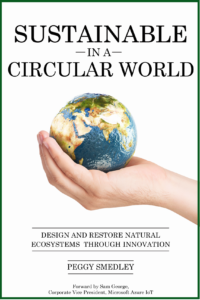Sensors offer unique opportunities—and some come with inherent challenges. For instance, self-powered functionality and high sensitivity also come with challenges such as material brittleness and environmental limitations. A team of researchers led by Professor Hanjun Ryu from Chung-Ang University, South Korea, has introduced new manufacturing strategies to overcome these limitations.
Here, researchers took a closer look at manufacturing strategies for piezoelectric and triboelectric tactile sensors. The objective was to improve self-powering capabilities, sensitivity, and flexibility. The research examined material properties, fabrication processes, and device designs to overcome challenges.
Here is how this can help:
- Overcome brittleness in piezoelectric materials.
- Address environmental sensitivity in triboelectric sensors.
- Develop durable, high-output sensors.
- Demonstrate the effectiveness of hybrid materials and nanostructures.
- Maintain flexibility and environmental resilience.
In the future, we will continue to see the rise of new technologies such as sensors. We can also expect the technology to integrate with AI (artificial intelligence) for better data processing.


